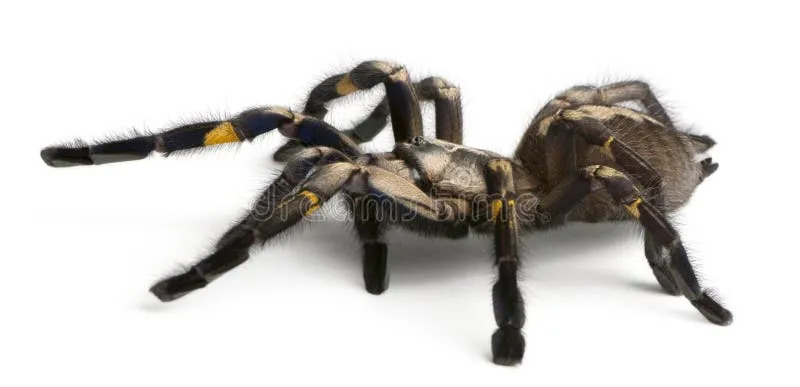Essential Tarantula Tank: Habitat Setup
Creating a suitable tarantula tank environment is paramount for the health and well-being of your eight-legged friend. A well-designed habitat mimics the tarantula’s natural environment, providing security, comfort, and the necessary conditions for them to thrive. This involves careful consideration of several factors, including tank size, substrate, humidity, temperature, and the inclusion of appropriate decorations. The goal is to create a space where your tarantula feels safe, can engage in natural behaviors, and can live a long and healthy life. Failure to provide a proper habitat can lead to stress, health issues, and even a shortened lifespan. By following a structured approach, you can ensure your tarantula has the best possible home.
Choosing the Right Tank Size
Selecting the correct tank size is one of the first and most crucial steps in setting up your tarantula’s home. The size of the tank should correspond to the tarantula’s size, with adequate space for movement, exploration, and burrowing if the species is terrestrial. A general guideline is to provide a tank that is at least three times the tarantula’s leg span in width and twice the leg span in length. For arboreal species, the height of the enclosure is also important, offering ample space for climbing and constructing webs. Avoid tanks that are excessively large for smaller tarantulas, as this can make it difficult for them to find food and can stress them out. A secure lid is equally important to prevent escape and ensure the tarantula’s safety, making sure to provide proper ventilation.
Substrate: The Foundation of the Habitat
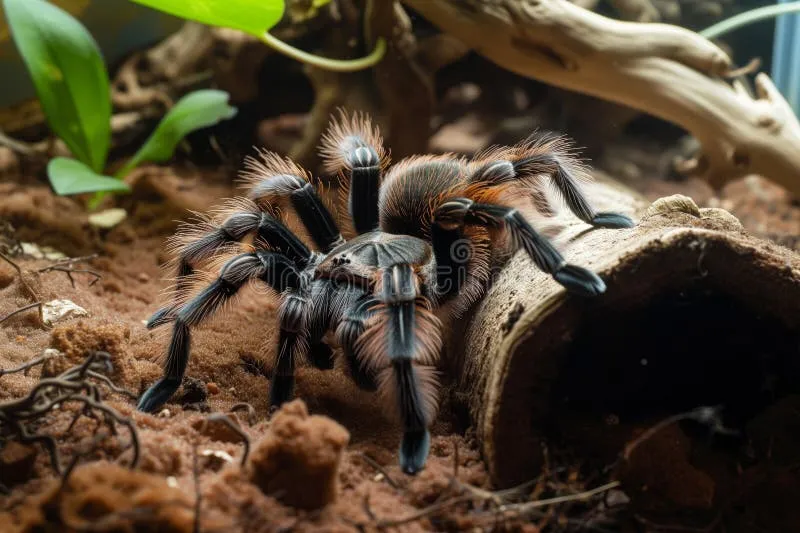
The substrate is the foundation of your tarantula’s tank, providing a base for burrowing, maintaining humidity, and creating a natural environment. The choice of substrate will depend on the species of tarantula, considering factors such as their natural habitat and whether they are terrestrial, arboreal, or fossorial (burrowing) species. A good substrate should be able to retain moisture, allow for burrowing (if applicable), and be non-toxic. The depth of the substrate is also important, with terrestrial and fossorial species requiring a deeper layer for burrowing, while arboreal species may prefer a shallower layer. Regular monitoring and maintenance of the substrate are essential to prevent the buildup of waste and the growth of mold or bacteria, ensuring a healthy environment for your tarantula.
Types of Substrate to use
Several substrate options are available, each with its own advantages and disadvantages. Coconut fiber (eco earth) is a popular choice, offering excellent moisture retention, natural look, and is generally safe for tarantulas. Sphagnum moss can be added to boost humidity, but requires careful monitoring to prevent mold growth. Peat moss is another option, but it can be acidic and may not be suitable for all species. For burrowing species, a mixture of substrate like eco earth and a bit of sand provides stability for their burrows. Avoid substrates like cedar or pine shavings, which can be toxic to tarantulas due to the oils they contain. Always ensure the substrate is clean and free of any potential hazards before introducing it into your tarantula’s enclosure. Experimenting with different substrate mixtures may be necessary to find the best fit for your tarantula’s needs.
Water and Humidity Control
Maintaining the correct humidity levels is crucial for the health of your tarantula, as it is vital for their molting process. Low humidity can lead to molting problems, such as the inability to shed their exoskeleton completely. The humidity requirements vary based on the tarantula species, with some species needing high humidity and others preferring drier conditions. Regular monitoring of humidity levels using a hygrometer is recommended. The humidity can be maintained by misting the enclosure with water, especially for species that need higher humidity. The use of a water dish also helps in increasing ambient humidity. Adjust the frequency of misting and the size of the water dish depending on the species and the prevailing environmental conditions. Ensure good ventilation to prevent the buildup of mold and excess moisture, particularly in humid environments.
Misting and Water Dishes
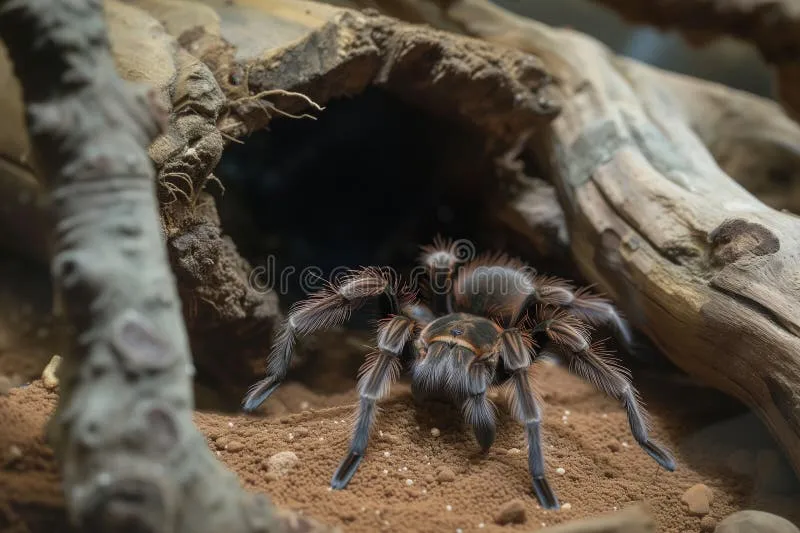
Misting the enclosure and providing a water dish are essential components of humidity control. Mist the tank regularly using a spray bottle with clean, dechlorinated water, but avoid over-misting, which can lead to mold growth. The frequency of misting will depend on your tarantula’s species and the ambient humidity. A water dish, shallow enough to prevent drowning, should always be available. The water dish not only provides a source of drinking water but also helps increase the humidity levels in the enclosure. Regularly clean and refill the water dish with fresh water to maintain hygiene. Choose a dish that is stable and difficult for the tarantula to tip over. Monitor the water dish for any signs of algae or contamination and clean it as needed.
Temperature and Heating Considerations
Temperature plays a significant role in the well-being of your tarantula, influencing its metabolism, activity level, and overall health. Most tarantula species thrive in temperatures between 70-85°F (21-29°C), but their specific requirements can vary. Use a thermometer to monitor the temperature within the tank, ensuring it stays within the appropriate range for your tarantula’s species. Avoid placing the tank in direct sunlight or near heat sources, which can cause temperature fluctuations. If supplemental heating is necessary, choose a method that provides a consistent and safe heat source without overheating the tank or posing a risk to the tarantula. Always observe the tarantula’s behavior and adjust the temperature as needed, as signs of being too cold include lethargy and loss of appetite, and being too hot can lead to stress and potentially, death.
Heating Options for Tarantula Tanks
Several heating options are available to maintain the desired temperature in your tarantula’s tank. Heat mats, placed on the side of the tank, are a popular choice, providing gentle, consistent heat. Ensure the heat mat is thermostatically controlled to prevent overheating. Ceramic heat emitters (CHE) can be used to provide overhead heat, but they should be used with a thermostat and placed outside the enclosure to prevent the tarantula from direct contact and potential burns. Avoid using heat rocks, as they can cause burns. Always monitor the temperature and ensure the heat source is appropriate for your tarantula’s species and the size of the tank. Always ensure that the heat source is safely installed and does not pose any fire hazards.
Decorating Your Tarantula’s Tank
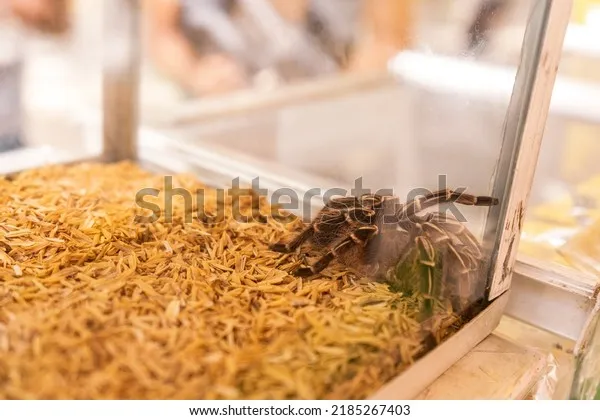
Decorating your tarantula’s tank not only enhances its aesthetic appeal but also enriches the environment, stimulating the tarantula and providing opportunities for natural behaviors. Include a variety of decorations based on the species’ needs and preferences. For terrestrial species, provide hides such as cork bark or artificial caves to provide a sense of security. Arboreal species may benefit from branches and climbing structures to simulate their natural habitats. Always ensure that any decorations are clean, non-toxic, and appropriately sized to prevent injury. Avoid sharp objects or decorations with small openings where the tarantula could get trapped. Provide enough decorations to create a complex environment that allows the tarantula to explore and engage with its surroundings.
Adding Hides and Climbing Structures
Hides are crucial elements in a tarantula’s habitat, providing a safe space to retreat to and reducing stress. Cork bark is an excellent choice, offering a natural appearance and providing a secure hide. Artificial caves or commercially available hides are also suitable options. The size and shape of the hide should match the tarantula’s size, allowing them to fit comfortably. For arboreal species, include sturdy branches and climbing structures that allow them to climb and create webbing. Ensure that the climbing structures are securely placed to prevent them from falling and potentially injuring the tarantula. Regularly check the hides and climbing structures for any signs of wear or damage, replacing them as needed. The presence of a hide is fundamental for the well-being of the tarantula.
Feeding and Maintaining Your Tarantula’s Tank
Proper feeding and regular tank maintenance are essential for your tarantula’s health. Feed your tarantula a diet of appropriately sized insects, such as crickets, mealworms, or roaches, depending on its species and size. The frequency of feeding varies based on the tarantula’s age and feeding habits. Young tarantulas often require more frequent feedings, while adult tarantulas can be fed less often. Remove uneaten food within 24 hours to prevent the growth of mold and mites. Tank maintenance involves regular cleaning, including the removal of waste and the periodic replacement of the substrate. Always wear gloves when handling the tank or any of its contents. By following a consistent maintenance schedule and providing a balanced diet, you can help your tarantula thrive.
Feeding Your Tarantula
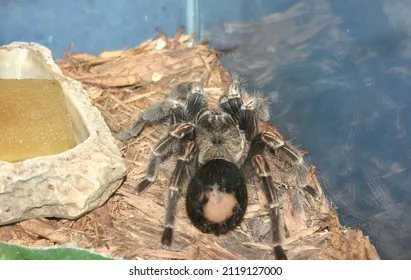
The diet of your tarantula is very important for its overall health and well-being. The diet should consist of live insects, such as crickets, mealworms, roaches, and occasionally, other invertebrates. The size of the food should be appropriate for the tarantula’s size, with the insect being no larger than the tarantula’s body. The frequency of feeding depends on the age and species of your tarantula. Young tarantulas often need to be fed more frequently (e.g., every other day), while adult tarantulas can be fed less often (e.g., once a week or every other week). Always make sure that the insects are gut-loaded (fed a nutritious diet) before offering them to the tarantula. Remove any uneaten food within 24 hours to prevent the buildup of waste and potential health risks. Providing a varied diet ensures your tarantula receives all the essential nutrients it needs.
Tank Cleaning and Maintenance
Regular cleaning and maintenance are key to a healthy and thriving tarantula enclosure. Spot clean the tank regularly by removing any uneaten food, fecal matter, and dead insects. The frequency of spot cleaning depends on the size of the tank and the number of feedings. Replace the substrate periodically, depending on the type of substrate used and the species of the tarantula. This is usually done every few months for smaller tanks. Always wear gloves when handling the tank and its contents to prevent contamination. Clean the water dish regularly with warm, soapy water and rinse thoroughly. A clean tank not only promotes your tarantula’s health but also helps you to easily monitor its behavior and overall well-being.
